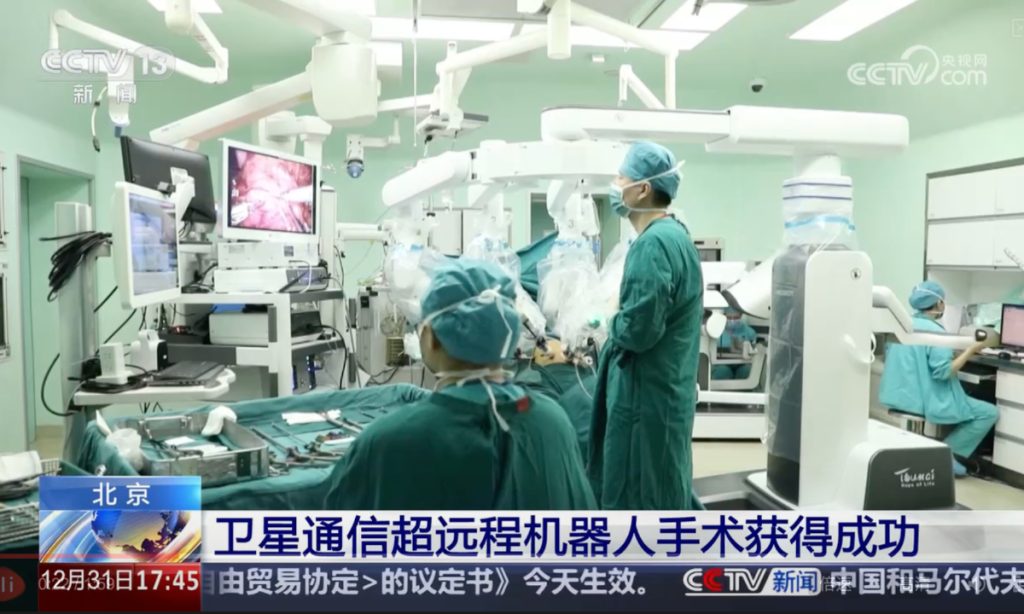Chinese doctors accomplish world’s first ultra-long-distance surgery with help of communication satellite

Chinese doctors from Beijing recently performed the world's first ultra-long-distance surgery in Lhasa, Southwest China's Xizang Autonomous Region, on a liver cancer patient in Beijing, with the help of China's communication satellite.
The APSTAR-6D communication satellite used in the surgery is operated by APT Mobile Satcom Limited (APSAT) and developed by the China Academy of Spacecraft Technology (CAST) under the state-owned space giant China Aerospace Science and Technology Corporation (CASC).
The satellite was launched into orbit in July 2020. It is the first in China's Ku-band global high-throughput broadband satellite communication network, according to the CASC in a press release sent to the Global Times on Tuesday.
The surgery was carried out by an interdisciplinary team comprising the Chinese PLA General Hospital, APSAT and the CAST. The team overcame challenges such as communication optimization, QoS classification control and traffic control, realizing that the satellite communication link latency approaches the physical limit. Based on this breakthrough, the team innovatively designed a surgical plan for high-latency conditions, successfully executing the ultra-long-distance surgery by integrating space-to-ground operations across time and space.
Satellite communication technology offers independence from ground infrastructure, resilience to geological disasters, and freedom from geographical and temporal constraints. Its advantages include wider coverage, higher reliability, and quicker deployment.
Such advantages make it particularly suitable for emergency rescue and temporary needs, while also providing a new perspective in terms of medical support in space exploration.
Operating the console in the high-altitude, cold environment of the Qinghai-Tibet Plateau is an extreme test of the surgeon's experience and skills. It also places higher demand on satellite signals and the stability and precision of the instruments, the Global Times learned from APSAT.
The technology is expected to pave the way for remote surgeries to transition into routine and commercial clinical applications and enable seamless, all-weather global coverage.
The surgery validates the feasibility, safety, and effectiveness of performing complex and challenging remote surgical procedures using domestically developed communication technology combined with a robotic surgical system.